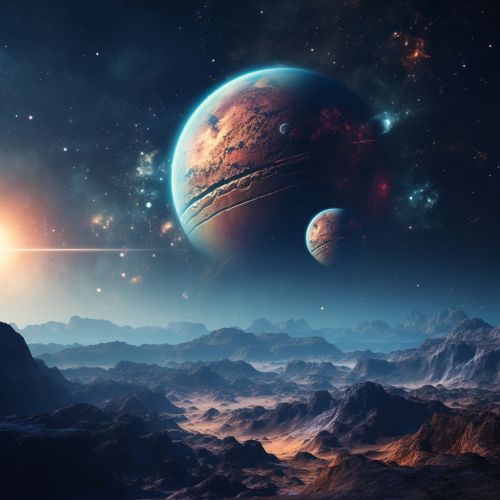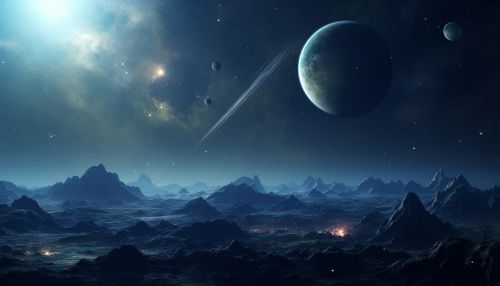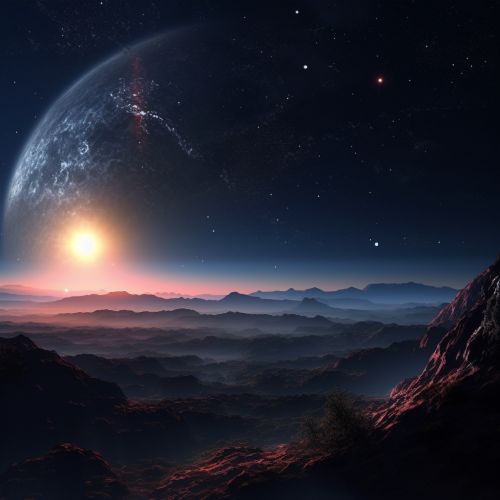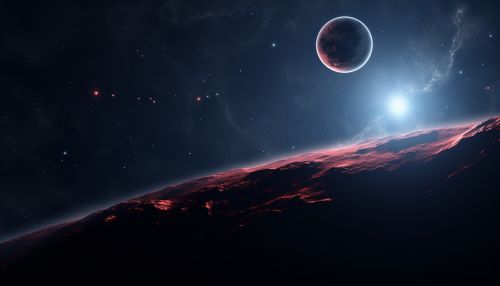Planetary Science
Introduction
Planetary science, also known as planetology, is a branch of astronomy that focuses on the study of planets, moons, and planetary systems. It involves a wide range of scientific disciplines, including geology, atmospheric science, and astrophysics. Planetary scientists use telescopes and spacecraft to observe the physical and chemical characteristics of these celestial bodies to understand their formation, evolution, and processes.


History of Planetary Science
The history of planetary science can be traced back to the ancient civilizations that observed the night sky. The Greeks, for instance, named the planets after their gods. However, it was not until the invention of the telescope in the 17th century that detailed observations of the planets became possible. The field has evolved significantly since then, with the advent of space exploration in the 20th century providing a wealth of new data and insights.
Planetary Formation and Evolution
Planetary formation is a complex process that begins with the collapse of a giant molecular cloud in a region of space. This collapse leads to the formation of a rotating disk of gas and dust known as a protoplanetary disk. Over time, solid particles within the disk begin to collide and stick together, forming planetesimals. These planetesimals then collide and merge to form protoplanets, which eventually become planets.
Planetary evolution, on the other hand, involves changes that occur on a planet over time. This can include geological activity, atmospheric changes, and impacts from other celestial bodies. Understanding planetary evolution is crucial for understanding the history of our own planet, Earth, and for predicting its future.
Planetary Geology
Planetary geology, also known as astrogeology, is the study of the geology of celestial bodies such as planets, moons, asteroids, and comets. This field involves the study of surface features, composition, and internal structure of these bodies. Planetary geologists use data from spacecraft missions and telescopes to study these features and processes.
Planetary Atmospheres
The study of planetary atmospheres involves understanding their composition, structure, and dynamics. This can include studying weather patterns, climate change, and the interaction between the atmosphere and the surface of the planet. The study of atmospheres is not limited to planets, but also includes moons and other celestial bodies with atmospheres.
Planetary Magnetospheres
A magnetosphere is a region of space around a planet that is dominated by the planet's magnetic field. Planetary magnetospheres are important because they protect the planet from solar wind, a stream of charged particles emanating from the Sun. The study of planetary magnetospheres is crucial for understanding the habitability of planets, as a strong magnetosphere can protect a planet's atmosphere from being stripped away by solar wind.
Exoplanets
Exoplanets, or extrasolar planets, are planets that orbit stars outside our solar system. The study of exoplanets has become a significant part of planetary science in recent years, with the discovery of thousands of these planets. Studying exoplanets can provide insights into planetary formation and evolution, and can also help in the search for extraterrestrial life.


Planetary Science and Space Exploration
Space exploration has played a crucial role in advancing our understanding of planetary science. Spacecraft missions to other planets and moons have provided valuable data about their geology, atmospheres, and potential for life. Future missions aim to further our understanding of these celestial bodies and potentially discover signs of life beyond Earth.
